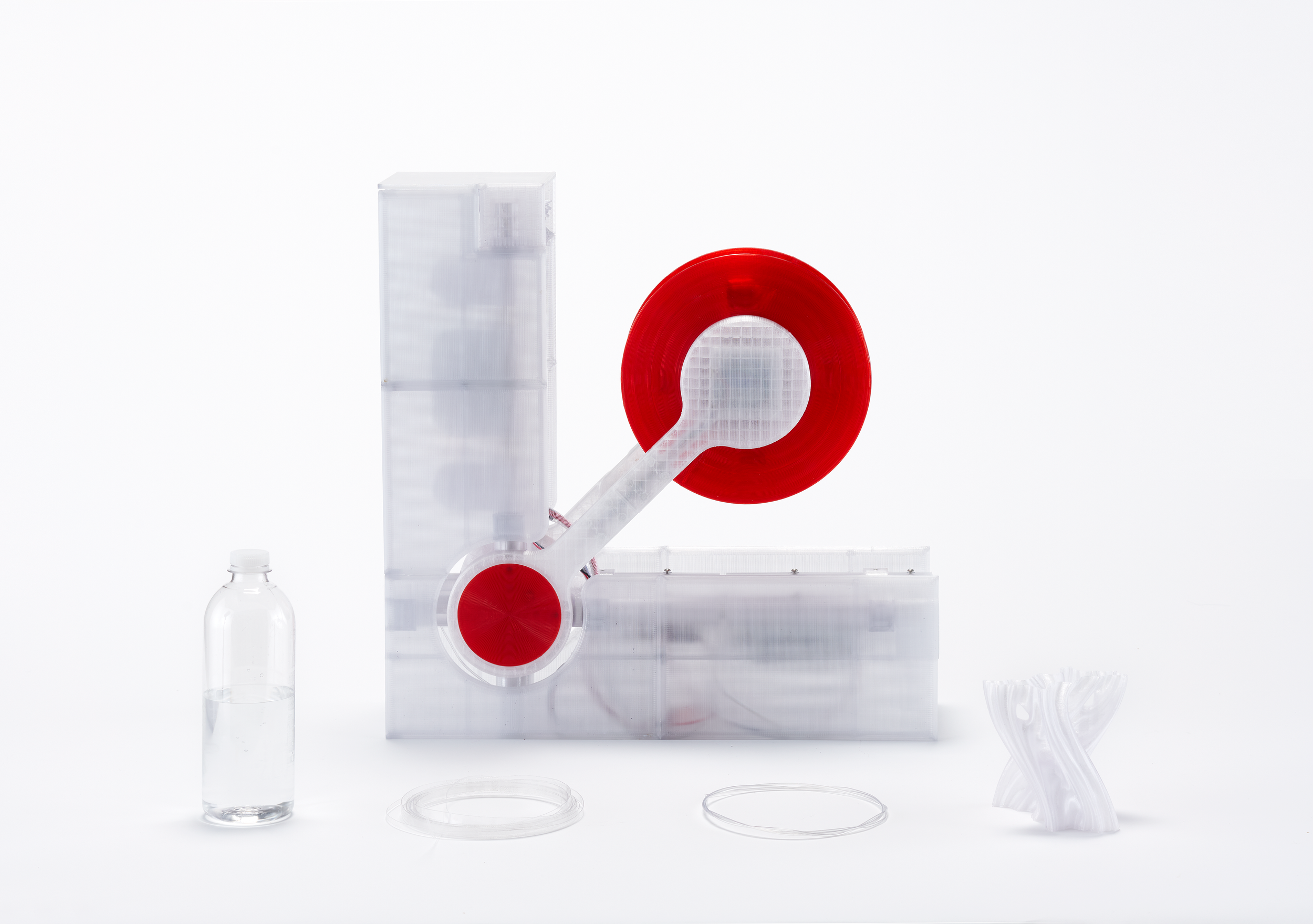He's been doing shorts and Curiosity Box instead according to Vsauce2.
faux
When the tide rises, they should be drowned.
I'm allowed to say that here, right?
I recently got a used custom Tiger Lake NUC and QuickSync does some heavy lifting for Jellyfin. Much better transcode performance than the dedicated AMD GPU I was using on an older system.
Not everything is irrigated. They showed areas that are only fed by rainwater.
I think the point is that the soil was swept away and the ground is impermeable so any rainwater flows into the river or evaporates rather than supporting plant life or replenishing the groundwater.
Thanks. I hope it works out!
You seem like you know what you're doing, but since you mentioned it:
If you're worried about leaks, you can use Nylog White on the threads. It's food rated and works for your liquid and co2 gas connections. In theory, it's also not supposed to harden and make your fittings impossible to unscrew.
Looks like 3/8" NPT Schrader valve connection to me, but I'm not an expert on the matter.
I've seen some videos where paper shredders have been modified for this purpose. I don't know how consistent the filament diameter was, though.
I would think the best way would be to first melt the plastic into a wider intermediary filament and then pull that through the desired final extruder to get a more consistent result.
I've been working on an openly documented recycling solution that would make use of litter from my area (mostly less commonly recycled plastics like polystyrene and LDPE), but I'm still in the identification/sorting phase. Finding an infrared spectrometer or sensor for the 1000-2300nm wavelengths to properly identify plastics has been difficult, but I think I'm close.

Sing up the 'RA!